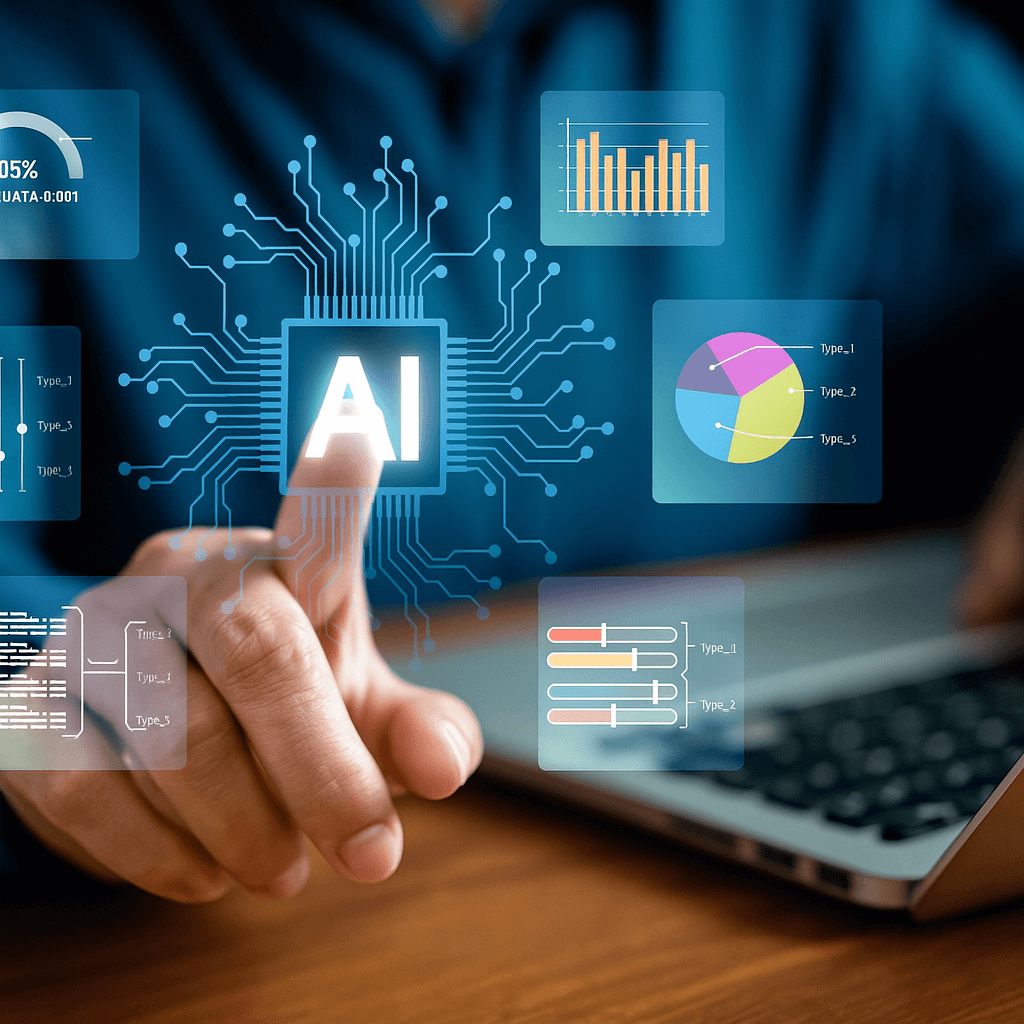In an age when users expect instant answers, seamless experiences, and digital spaces that feel made just for them, websites can no longer be static. The future has arrived quietly but powerfully, reshaping how people interact with brands online. We’re now entering an era where websites do more than show up, they observe, adapt, and anticipate.
This is the new generation of digital presence. Intelligent websites powered by predictive logic, adaptive layouts, and user-centered feedback loops are already setting the standard for what comes next. And for brands that want to lead, this shift isn’t optional. It’s fundamental.
Websites That Learn While You Sleep

Imagine a website that learns overnight. One that studies how users moved through your pages, where they paused, what they ignored, and what made them click. Then, while you’re not looking, it updates the layout, adjusts the calls to action, or highlights content most likely to convert. This isn’t science fiction. This is predictive design powered by behavioral data.
Smart platforms now harness data to continuously improve. Through machine learning models and behavior-tracking tools, websites can recognize patterns and act on them. A returning visitor sees personalized content based on their last session. An ecommerce browser offers the product they almost bought. An inquiry form changes slightly depending on user location or scroll depth.
This kind of intelligence is what makes a platform feel alive. It stops being a billboard and becomes a dynamic brand experience.
Adaptive Design in Real Time
Old websites are rigid. Intelligent ones are fluid. They recognize the user’s device, preferences, and habits and respond accordingly. That goes beyond mobile-friendly design. We’re talking about pages that shift layouts based on behavioral intent. If your user lingers too long on a pricing table, a simplified plan comparison might load. If someone lands from a Google ad, the page might highlight only the most relevant benefits.
These sites don’t just look good across devices. They adapt structurally and visually in real time, guiding users to the information they’re actually looking for.
From Personalization to Prediction
Personalization used to mean using someone’s first name in an email. Now it means showing a user the content they need before they ask for it. Smart websites use predictive cues to anticipate behavior. They serve next-step pages, smart recommendations, or highlight actions based on subtle signals, scrolling speed, mouse hovers, and dwell time.
It’s not magic. It’s just behavior-informed automation. This doesn’t just enhance engagement; it simplifies decisions. When a user sees what they were about to search for, they convert faster. The brand feels intuitive, not intrusive.
Intelligent Content That Writes Itself
Static content is a thing of the past. Intelligent content management systems now allow marketers to shift messaging based on user profiles or traffic sources. That means a visitor from a LinkedIn ad could see a different headline than one coming from an organic blog. The tone, offers, even testimonials can all be dynamic.
This kind of layered personalization creates deeper relevance. Users feel seen. And brands stop guessing what content might work best, they test and adapt at scale.
Performance That Self-Optimizes

Speed has always mattered. But intelligent systems now take that further. These platforms measure performance in real time and make micro-adjustments to improve it. Fonts load only when needed. Image formats adapt to browser type. Animations pause for slower processors. Load priority shifts depending on what users engage with most.
You don’t just build for speed. You build for smart speed. Every millisecond saved can reduce bounce rates and improve conversions, without compromising design.
Integrated Systems That Think Together
An intelligent website isn’t just a beautiful frontend. It’s a control hub for your digital ecosystem. CRMs, analytics, ad platforms, customer support tools, product inventory, they all feed into and out of your site. This real-time data exchange creates a seamless customer journey.
Imagine a visitor chats with support, and their inquiry informs what they see the next time they return. Or someone signs up for a webinar, and the confirmation page adjusts its call-to-action based on the topic of interest. These aren’t developer hacks. They’re features of intelligent platforms.
The Brand Becomes an Experience
When all of this works together, predictive flows, adaptive content, real-time performance, seamless data connection, your website stops being a marketing tool. It becomes the experience.
People no longer browse. They feel guided. And they remember that. Your site becomes more than where they find you. It becomes why they trust you.
In this era, your digital space must behave like a conversation. It listens, reacts, and responds. It evolves.
Your Next Site Should Already Know What’s Next
If your current platform can’t evolve with user expectations, it’s not just outdated, it’s a liability. The shift toward intelligent web experiences isn’t a trend. It’s the new baseline. Whether you’re a startup or a seasoned brand, your digital foundation should support where you’re going, not just where you’ve been.
The time to upgrade isn’t later. It’s now. Because the future of digital belongs to those building with intelligence today.

